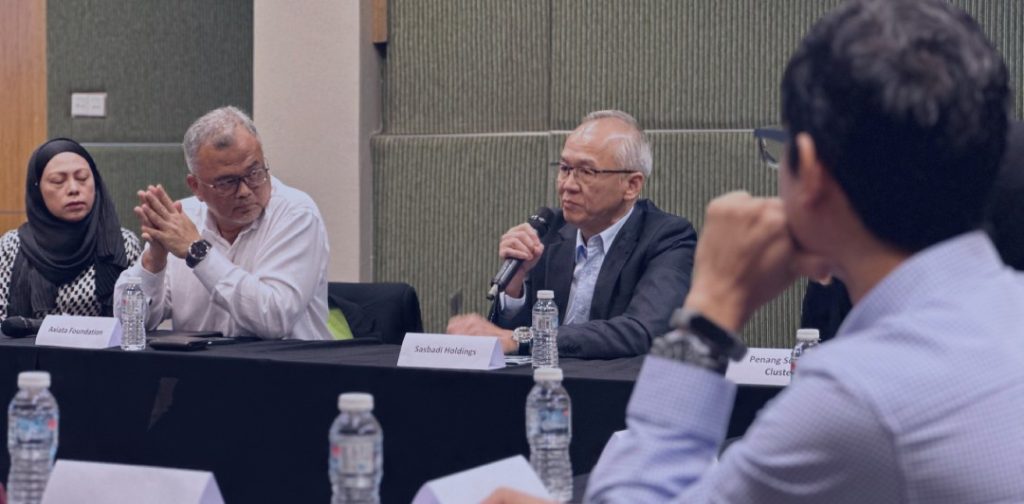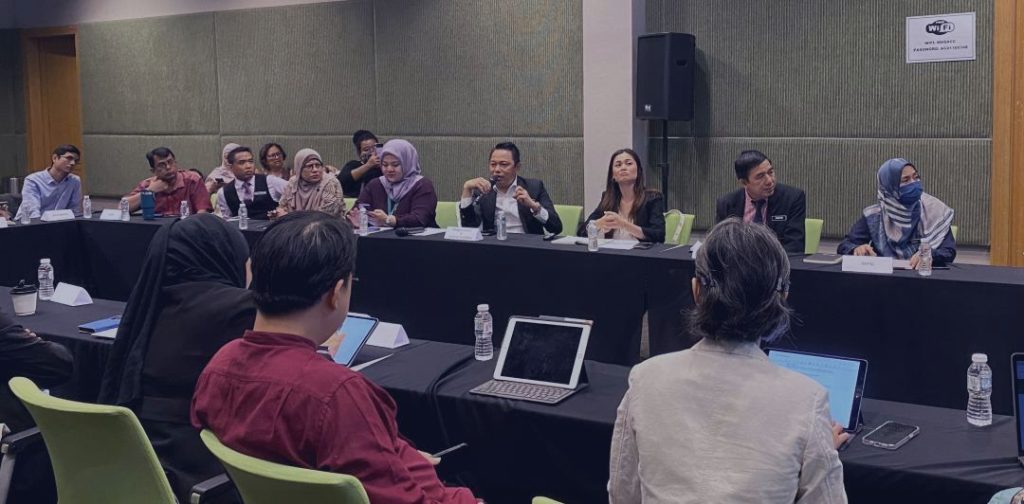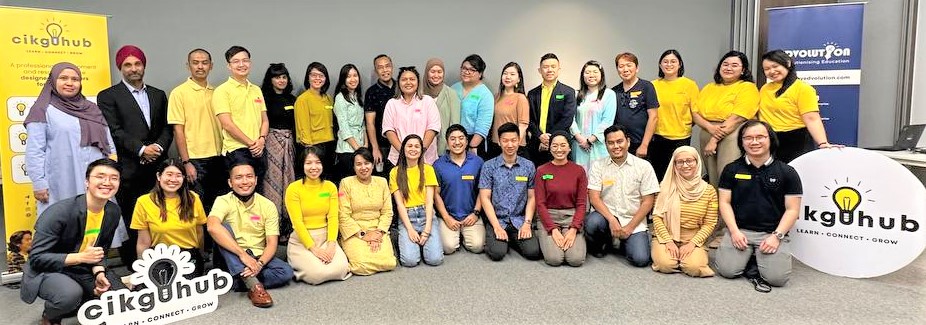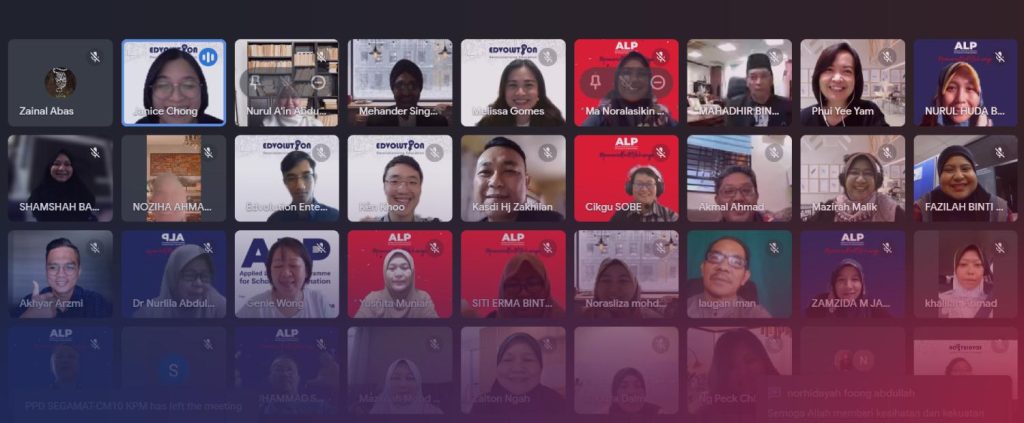By Melissa Tanya Gomes
5 August 2022
History
Malaysia and Singapore share many similarities. Besides having Bahasa Melayu as the national language for both countries, Malaysia and Singapore were also ruled by the British and are multiracial. History records that Malaysia gained independence in the same decade as Singapore (10 years earlier) and is located strategically at the Straits of Malacca.
Fast forward to today, Singapore students have consistently topped the charts for global assessments like Trends in International Mathematics and Science Study (TIMSS) and Programme for International Student Assessment (PISA). OECD education director Andreas Schleicher said Singapore was “not only doing well but getting further ahead” (BBC News, 2016)
In Malaysia, global rankings indicate that Malaysian students have been consistently scoring below the OECD average for Reading, Science & Mathematics. In the 2016 Malaysia Education Blueprint report card, a feasibility study of TIMSS 2019 on Malaysia Grade 4 found that the percentage of primary school students who were able to answer Higher Order Thinking Skills (HOTS) questions for Mathematics ranged between 11% to 51%, while for Science between 46% to 51%.
What led to such a difference in both countries?
In this article, we will explore Teacher Selection, a key determinant most researchers believe will affect the quality of education.
Qualification
In Singapore, potential teaching candidates must be at the top 30% of their cohort and demonstrate an interest in children and education when applying for the Post Graduate Diploma in Education (PGDE) administered by the Ministry of Education.
In Malaysia, candidates who scored 5A’s and above in their SPM results may apply to the Teachers’ Training College (Institut Perguruan Malaysia).
In the event, candidates do not qualify for PISMP, they have the option to apply to education-related programs offered by local universities.
Assessment Test
In Singapore, candidates will undergo a selection interview and sit for the relevant proficiency tests.
In Malaysia, only PISMP candidates will sit for a written examination, perform a live teaching session, and undergo a physical test. Candidates in university, however, do not sit for any exam or interview.
Contract Teaching Stint
In Singapore, the final entry into the PGDE programme is a compulsory stint as a contract teacher in a school. During this four-month stint, the school will assess the candidate’s suitability for teaching. Candidates who receive good recommendations will continue their teacher training at NIE to be a full-fledged teacher. However, for unsuccessful candidates, their teaching journey stops here. The contract teacher stint is just the beginning of a Singaporean teacher’s journey.
In Malaysia, both PISMP and education degree candidates will undergo their teacher training in schools as ‘Guru Pelatih’. While this is compulsory in most education programs, this, however, does not affect a candidate’s potential to be a teacher. Most students will pass and proceed to graduate before being appointed to schools.
What can we learn from both countries?
Selection and Interview
While Singapore’s teaching candidates undergo a rigorous selection and interview process before being admitted for a PGDE program in NIE, we observe that only PISMP candidates in Malaysia undergo such rigour of the selection process.
Coordinating Institute
In Singapore, all selection and training of teachers are coordinated by only one institute, i.e., the NIE. In Malaysia, however, public, and private universities are eligible to recruit teachers with each of these institutions having its own qualification requirements.
Compulsory Contract Teaching Stint
In addition, we also note that all potential Singapore teaching candidates must undergo a compulsory contract teaching stint in schools before being accepted into NIE.
However, this is the opposite case in Malaysia. Training in schools is conducted for credit fulfilment resulting in most graduates passing the course regardless of feedback from the school authorities.
Conclusion
Both countries adopt different approaches in selecting teachers into schools. While one country’s global achievement surpasses the other, is it time we relook how we select and train teachers in Malaysia or should we remain as it is?
Sources:
2016 Malaysia Education Blueprint Report.
PISA tests: Singapore top in global education rankings, BBC News (2016)
Melissa Tanya Gomes is the Co-Founder and CEO of Edvolution Enterprise. She has more than 10 years of experience in management consulting and education. She co-founded a school improvement initiative for which she was awarded the Excellence Service Award by the Ministry of Education Malaysia in 2018.







